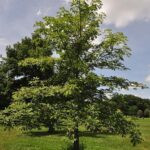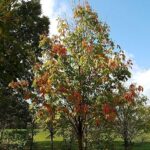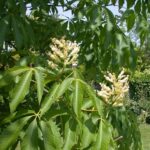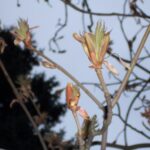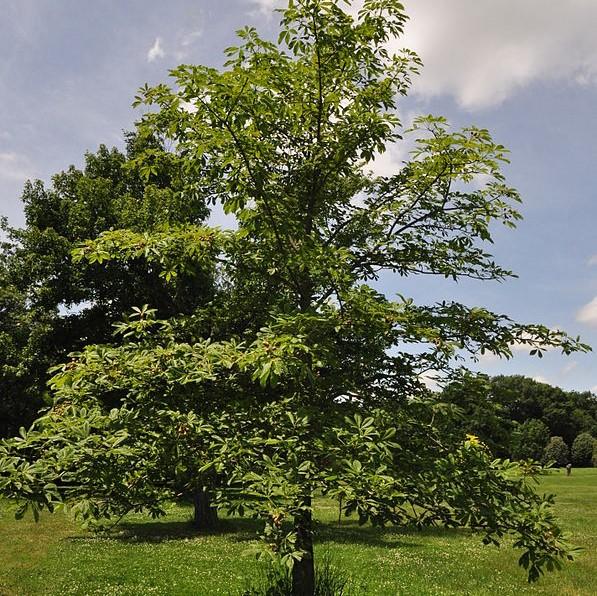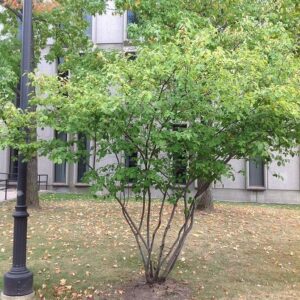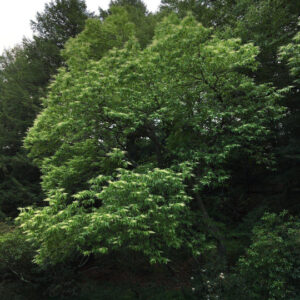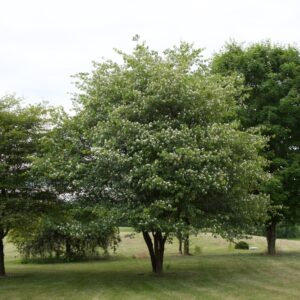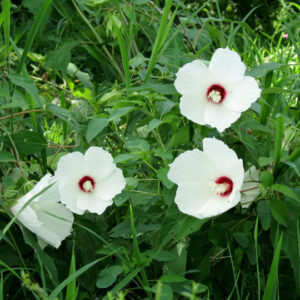The Yellow Buckeye, also known as Aesculus flava, is a large deciduous tree that is native to the eastern United States. It’s known for its showy yellow flowers in spring and its unique, buckeye nuts in the fall.
This tree typically grows to a height of 50-75 feet with a similar spread. It prefers full sun to part shade and thrives best in well-drained, moist, fertile soils. The Yellow Buckeye is a great choice for large landscapes where it has room to spread.
The flowers of the Yellow Buckeye are yellow and appear in upright clusters in the spring. The leaves are compound and have a dark green color that turns yellow in the fall. The buckeye nuts are encased in a husk and are a favorite of squirrels.
|
Type: |
Tree |
|
Origins: |
Appalachian Mountains |
|
Height: |
50′ – 75′ |
|
Spread: |
30′ – 50′ |
|
Spacing: |
40′ |
|
USDA Hardiness Zone: |
4 – 8 |
|
Culture: |
Full Sun, Part Sun |
|
Bloom Color: |
Yellow |
|
Season of Interest: |
Spring, Fall |
MAINTENANCE NEEDS: Low maintenance. Watering can be reduced after establishment. Yellow Buckeye is resistant to common buckeye diseases, but can be susceptible to leaf blotch and powdery mildew. Watch for buckeye lace bug and the leaf miner. Leaf scorch may occur in drought conditions.
LANDSCAPE USES: Accents or Group Plantings, Borders, Woodland Gardens, Naturalized Areas, Rock Gardens, Ponds and Streams, Foundation Plantings, and Hedges.
COMPANION PLANTS: Heuchera, Hosta, Red Maple
IMAGES: Mykola Swarnyk, Aesculus octandra RBG, CC BY-SA 3.0, (2) Keith Edkins, Sweet Buckeye (Aesculus flava) – geograph.org.uk – 816887, CC BY-SA 2.0
*As plants have ranges in appearance they may not appear as the images shown.

